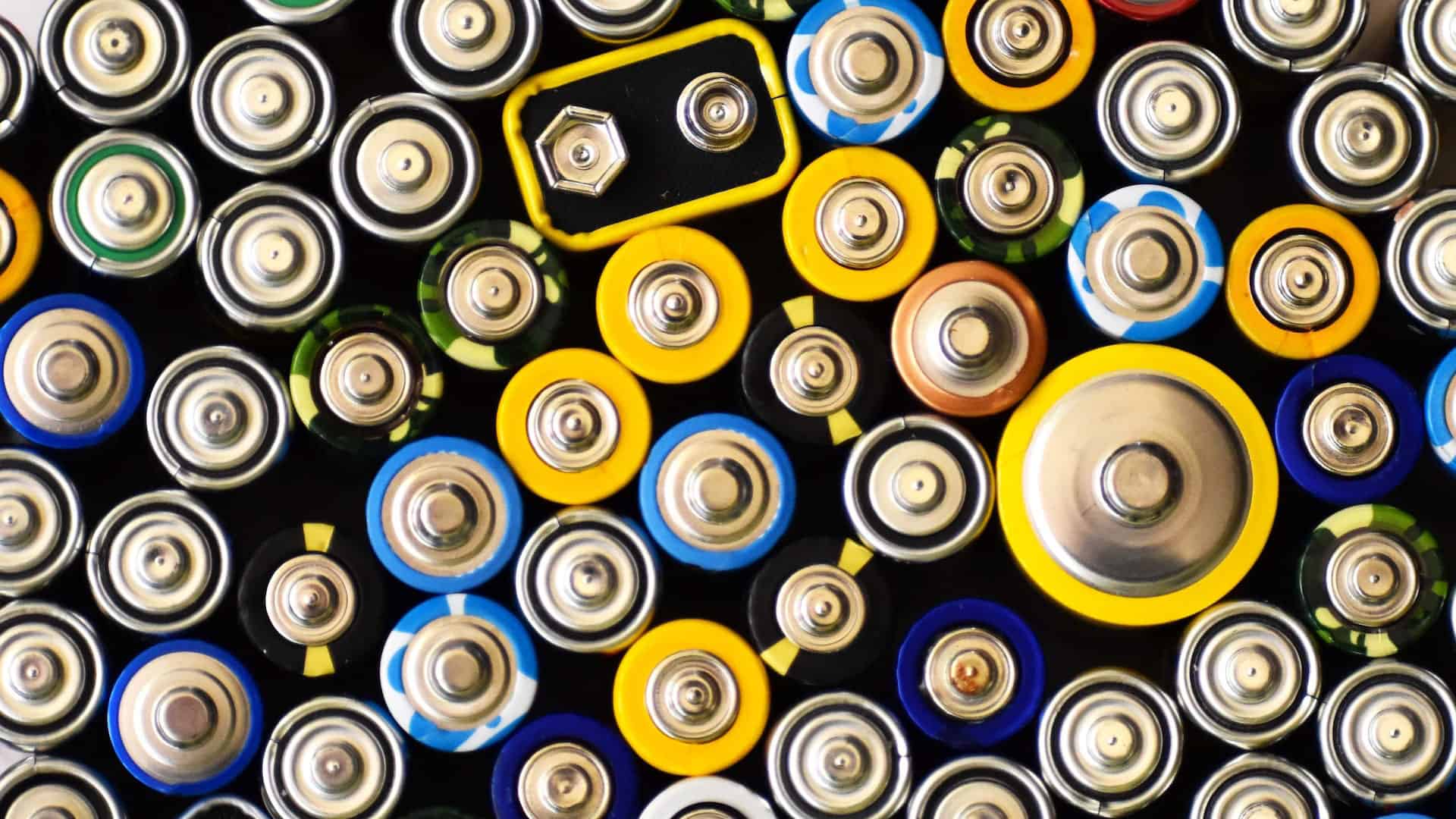
Lithium-ion (Li-ion) batteries power everything from electric vehicles (EVs) to personal devices like cell phones, tablets and laptops, but nickel and cobalt — minerals needed to manufacture them — cannot be mined fast enough to scale with consumer demand. Now, researchers have discovered a way to use another, more plentiful mineral to create inexpensive, high-performance Li-ion batteries.
As reported today in the journal Nature Energy, a team of researchers demonstrated a new method for using manganese to create cathode materials for Li-ion batteries. The unique nanostructure of these synthesized manganese-based materials delivers the high stability and high energy density that Li-ion batteries require while offering industry a viable alternative to nickel and cobalt.
“Designing high-capacity manganese-based cathode materials is critical to addressing the resource challenges associated with Li-ion batteries,” said principal investigator Gerbrand Ceder, professor of materials science engineering at UC Berkeley and faculty senior scientist at Lawrence Berkeley National Laboratory. “These manganese-based cathode materials can significantly lower the cost of Li-ion batteries and reduce our reliance on scarce metal resources.”
Recognizing that demand for these batteries is growing, researchers have been exploring ways to produce lithium battery cathodes using abundant and inexpensive transition metals, such as titanium, iron and manganese. Manganese has shown the most promise, but earlier implementations of manganese-based materials exhibited capacity loss, a result of the metal’s crystal structure becoming unstable during charging and discharging of the battery.
“The manganese-based materials used in early batteries for EVs suffered from low energy density and stability problems,” said lead author Zijian Cai (Ph.D.’22 MSE), a postdoctoral researcher in Ceder’s lab. “We addressed the underlying cause of these issues by creating a new manganese-based nanostructure called δ.”
According to Cai, researchers synthesized these cathode materials to have crystal structures resembling rock salt. “They are crystalline, but all the metals [lithium, manganese, titanium] are disordered in them,” he said. “Upon cycling, the metals slowly and partially order to form nanoscale domains. This partially disordered structure actually improves the cycle life stability of this material.”
Tests of the resulting manganese-based materials proved that they possessed both high cycling stability and high energy density.
Based on these findings, manganese may offer the Li-ion industry the lifeline it needs in the coming decades. “Their performance, combined with the low cost of manganese- and titanium-based oxide precursors, makes these novel manganese-based materials an excellent candidate for meeting future terawatt demands,” said Cai.
